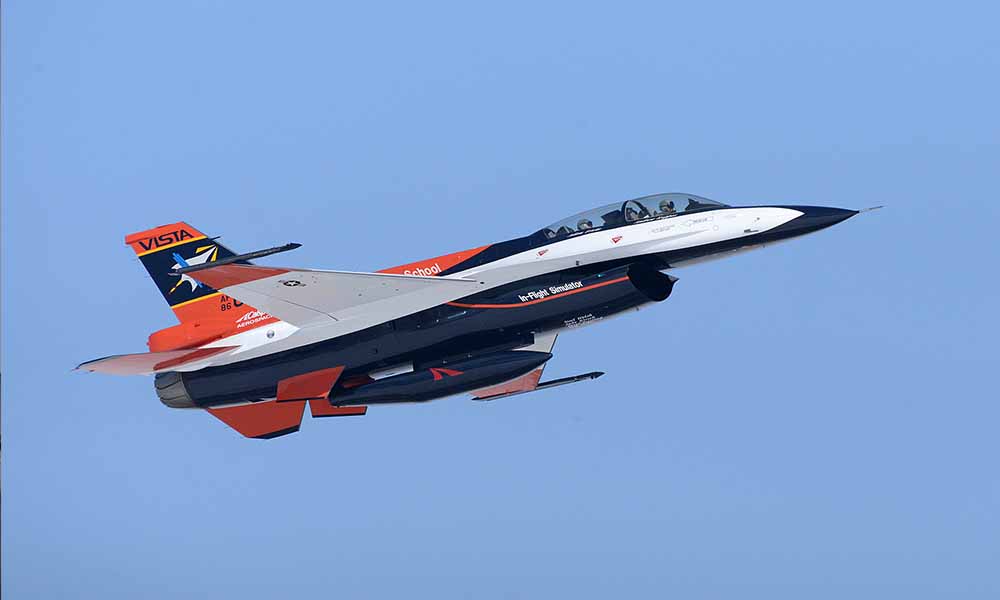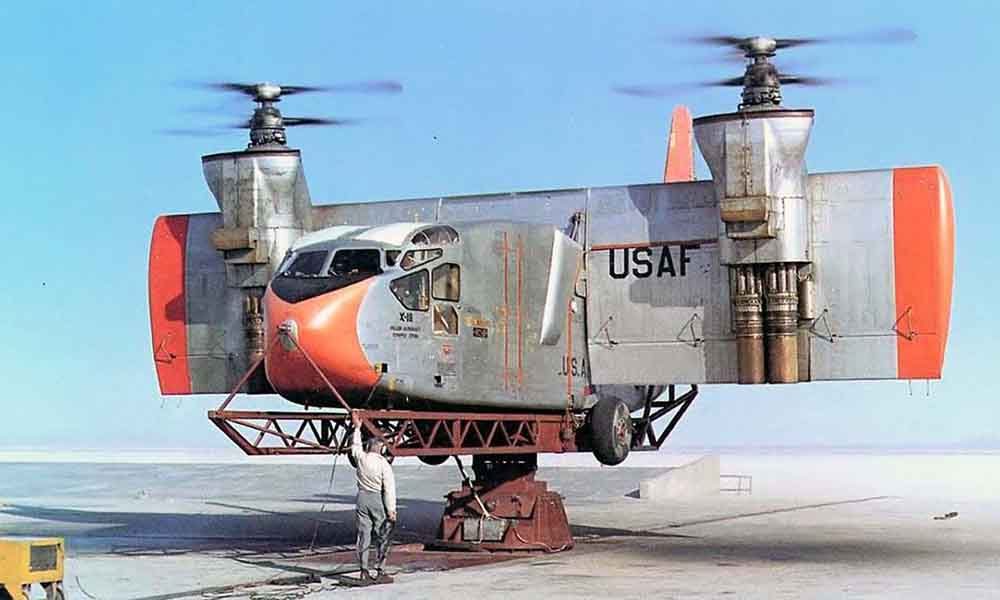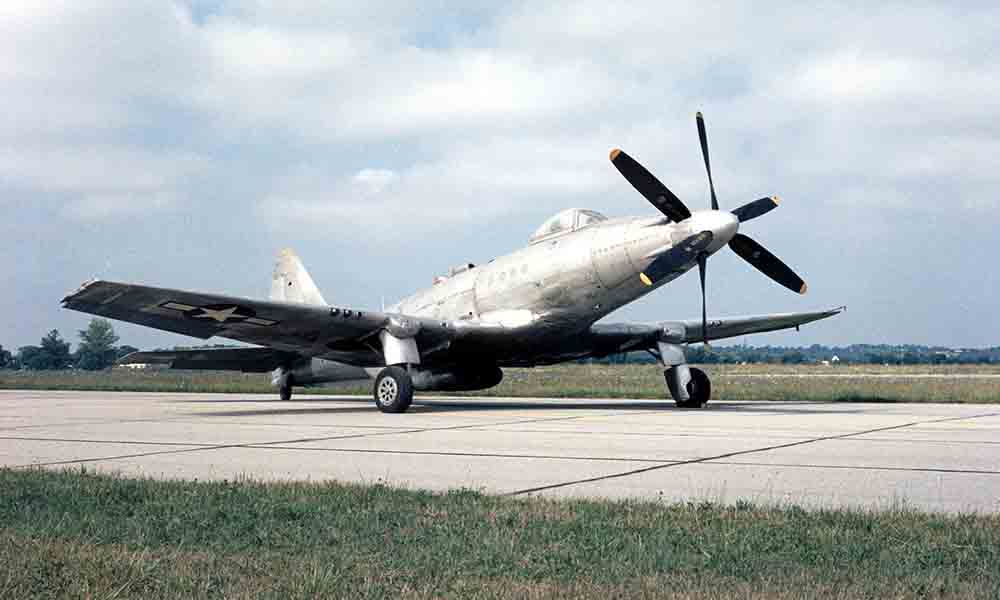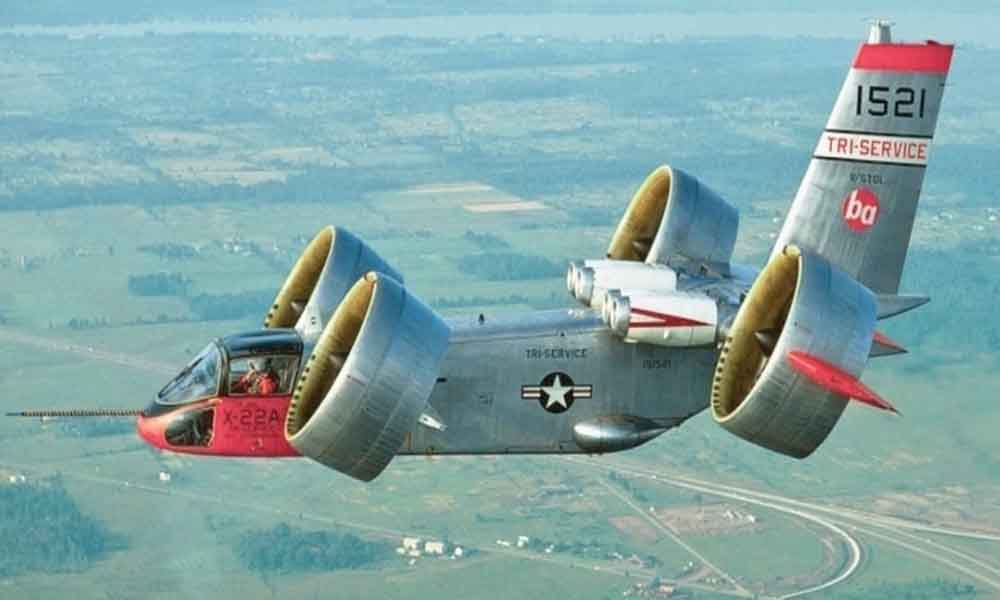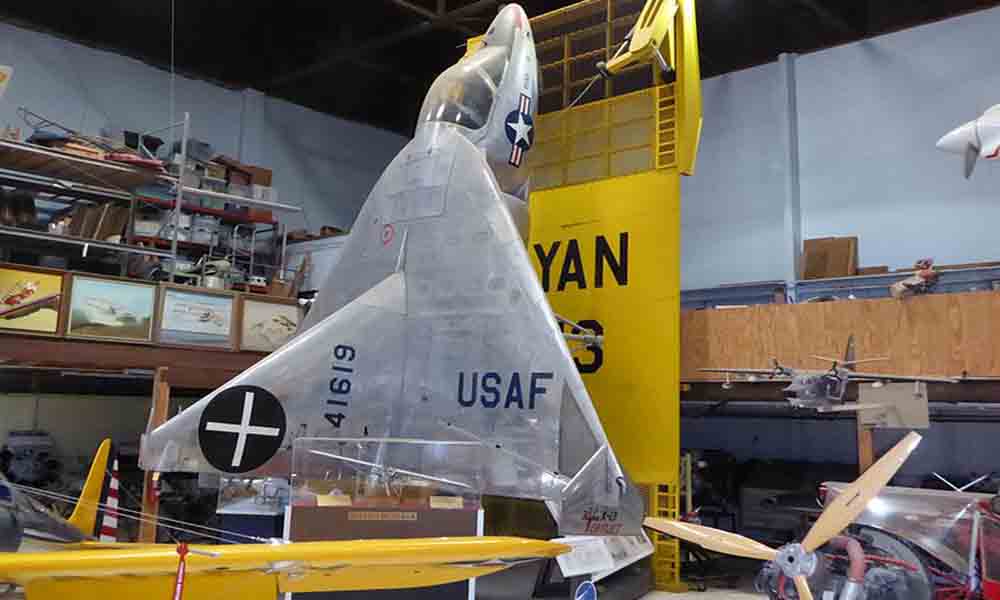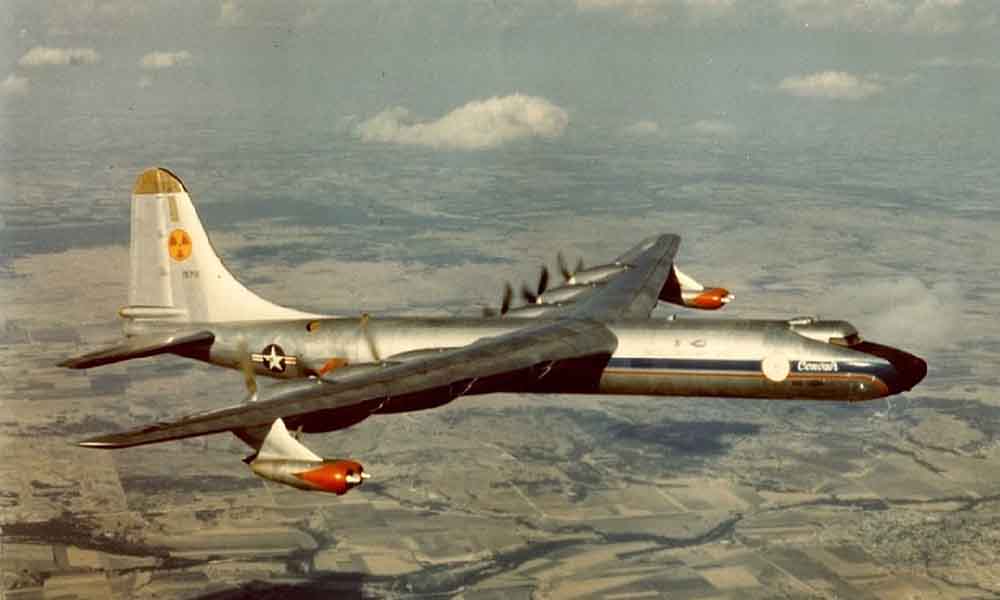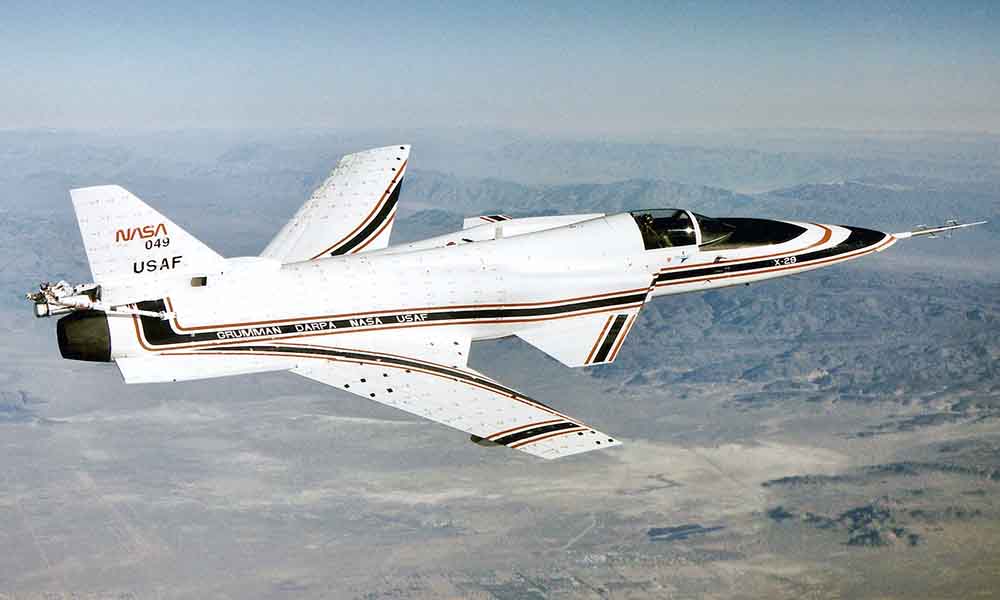Aviation
Boeing Suspends 777X Flight Tests After Structural Cracks Detected

Boeing’s much-anticipated next-generation widebody, the 777X, is facing new setbacks as the company has been forced to pause flight tests and ground its test fleet.
The disruption follows the discovery of structural damage in one of the boeing 777x aircraft, specifically in a custom part situated between the engine and the airplane structure. On Monday, Boeing announced that it had identified the damage during scheduled maintenance and decided to halt flight tests for the 777X fleet.
British Airways Appeal on Controversial ‘Fire and Rehire’ Policy Dismissed
The company has grounded the three other 777-9 test aircraft as a precautionary measure. Although no further flight tests were planned for these aircraft at the moment. Boeing stated that it is replacing the affected part and analyzing the issue to prevent future occurrences.
while compared to a350 vs b777 B 777-9 is 158.9 tons whereas the a350 has 124.65 tons. This means 777x can hold 34 tons more fuel than A350.
The company has already informed the Federal Aviation Administration (FAA) and its customers, who have placed a total of 481 orders for the b777 x. The grounding of the test fleet raises concerns about potential impacts on the certification and delivery timelines for the 777X.
Is the Boeing Factory Tour worth it? A Complete Guide
Originally slated for delivery in 2025, the program is now approximately five years behind schedule. The 777X, which commenced flight tests with the FAA in July, represents a critical milestone in Boeing’s efforts to advance its next-generation aircraft technology.
The delay in testing comes at a critical time for Boeing, which is still recovering from a safety crisis earlier in the year involving a doorplug blowout. The company’s new CEO, Kelly Ortberg, and other leaders are working to steer Boeing through these challenges as it seeks to rebuild trust and stability.
The 777X program includes both passenger and freighter variants, with significant orders from Emirates, Qatar Airways, Cathay Pacific, ANA, Singapore Airlines, Lufthansa, and Korean Air. However, no U.S. airline has placed an order for the b777-9 to date. The first delivery of the aircraft, which had recently begun flight tests with the FAA in July, is now anticipated in 2026.

Aviation
Top 10 Most Remarkable Experimental Aircraft

In the world of aviation, innovation never rests. Experimental aircraft push the boundaries of technology and imagination, often leading to breakthroughs that change how we fly.
From futuristic designs to cutting-edge technologies, these experimental aircraft represent the forefront of aerospace engineering.
In this article, we’ll take you on a journey through the top 10 most extraordinary experimental aircraft ever conceived. Each one showcases the daring spirit and ingenuity of its creators, offering a glimpse into the future of flight. Buckle up as we explore these remarkable machines that are reshaping the skies!
- 1. X-62 VISTA
The X-62 VISTA (Variable In-Flight Simulation Testbed Aircraft) is a cutting-edge experimental aircraft designed to test advanced flight control systems and aerodynamic concepts. It features a highly adaptable design, allowing it to simulate a wide range of aircraft configurations and flight conditions. VISTA X-62A, was flown by an artificial intelligence agent for more than 17 hours recently, representing the first time AI engaged on a tactical aircraft.
2. North American X-15
The North American X-15 is a hypersonic rocket-powered aircraft that was operated by both the United States Air Force and NASA. It holds the record for flying faster and higher than any other piloted winged vehicle, apart from the Space Shuttle. While the Lockheed SR-71 Blackbird, with a top speed that is only half of the X-15′s, may seem comparatively slow, the X-15 achieved groundbreaking milestones. It was the first manned aircraft to venture to the edge of space and the first to reach hypersonic speeds, exceeding five times the speed of sound.
3. Hiller X-18
The Hiller X-18 was an experimental cargo transport aircraft developed to pioneer tiltwing and V/STOL (vertical/short takeoff and landing) technology. Constructed from repurposed parts, the X-18 featured a cruising speed of 300 mph and the capability to hover at 6,000 feet. It was designed with safety in mind, incorporating features that allowed for control in the event of an engine failure and enabling it to perform a “controlled crash” landing if necessary.
4.Fisher P-75 Eagle
The Fisher XP-75/P-75A Eagle, often called the “Frankenplane,” was an ambitious World War II design that combined elements from various aircraft, including the P-51 Mustang, SBD Dauntless, and F4U Corsair. Despite initial high hopes, the project was plagued by design flaws, management issues, and high costs. Only 14 units were produced before the project was canceled in 1944. The XP-75/Eagle was equipped with a powerful Allison V-3420 engine and armed with ten .50 caliber machine guns, achieving a maximum speed of 430 mph.
5. Bell X-22
The Bell X-22 is an American experimental V/STOL (Vertical/Short Takeoff and Landing) aircraft featuring four tilting ducted fans. During hover, control was achieved through differential propeller pitch and the use of elevons. In forward flight, the ducted fans contributed significantly to aerodynamic lift. The first X-22A was rolled out on May 25, 1965. It could reach a top speed of 315 mph and had a range of 450 miles.
6.Ryan X-13 Vertijet
The Ryan X-13 Vertijet was an experimental aircraft from the 1950s, designed by Ryan Aeronautical to take off and land vertically without a runway. Weighing 7,200 pounds, it was built to handle scenarios where airstrips might be destroyed in a nuclear conflict. Although the concept was groundbreaking, vertical landings were difficult and not very practical. Nonetheless, the X-13 was an important step in the evolution of VTOL technology, influencing both military and civilian aviation.
7. Convair X-6
The Convair X-6 was an ambitious experimental aircraft project designed to explore and assess the potential of nuclear-powered jet propulsion. The X-6 was intended to be powered by General Electric X-39 engines, which would utilize a P-1 reactor. In this innovative design, the reactor core would serve as a heat source for the turbine’s airflow, eliminating the need for conventional jet fuel. If successful, the Convair X-6 could have enabled extended flight durations, potentially allowing for weeks of continuous operation in the air.
8.Grumman X-29
The Grumman X-29 was an American experimental aircraft known for its pioneering use of forward-swept wings, canard control surfaces, and other cutting-edge technologies. In 1985, the X-29A became the world’s first forward-swept-wing aircraft to achieve supersonic flight. The X-29 featured a unique and highly unstable forward-swept wing design combined with close-coupled canards. It was powered by a single General Electric F404-GE-400 engine, which enabled it to reach a top speed of Mach 1.87.
9.Boeing X-32
The Boeing X-32 was a concept demonstrator aircraft developed for the Joint Strike Fighter (JSF) competition. It featured a wing span of 9.15 meters and a 55-degree leading edge sweep, with a fuel capacity of up to 20,000 pounds (9,000 kg). Despite its cost-effective design and distinctive appearance, the X-32 was not selected due to less favorable performance in flight tests. Boeing’s strategy aimed at gaining a competitive edge by reducing manufacturing and life-cycle costs through minimizing differences among the various JSF versions.
10.Bell X-1:
The Bell X-1, initially designated as the XS-1 and also known as the Bell Model 44, was a rocket-powered aircraft that became the first piloted plane to exceed the speed of sound. It was equipped with four rocket engines and featured extremely thin wings to significantly reduce drag. To conserve fuel, the X-1 was carried aloft beneath the fuselage of a modified B-29 or B-50 bomber before being released for its flight.
-

 Travel2 months ago
Travel2 months agoAir India to Expand US Operations with Three New Routes After a Decade
-

 Aviation3 weeks ago
Aviation3 weeks agoNew EU Carry-On Rules Begin September 2024: What to Expect
-
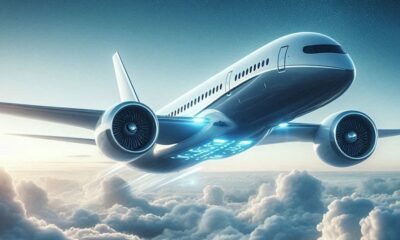
 Aviation1 week ago
Aviation1 week agoBoeing confirms 797: A New Era for Mid-Size Aircraft
-

 Airlines2 months ago
Airlines2 months agoAir India Rolls Out A350s for Delhi-New York JFK and Newark Routes
-

 Travel2 months ago
Travel2 months agoWhy We Should Avoid These Stamps in a Passport
-
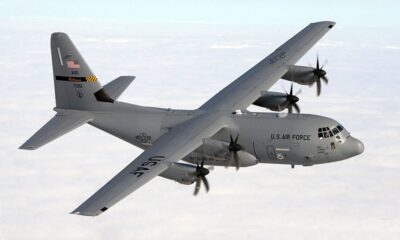
 Aviation1 week ago
Aviation1 week agoLockheed and Tata Team Up to Build C-130J MRO Facility in India
-
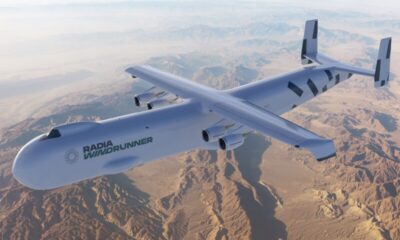
 Aviation1 month ago
Aviation1 month agoMeet WindRunner: The World’s Heaviest and Largest Aircraft Ever Built
-

 Airport2 months ago
Airport2 months agoTop 10 Largest Airports in the World by Size

